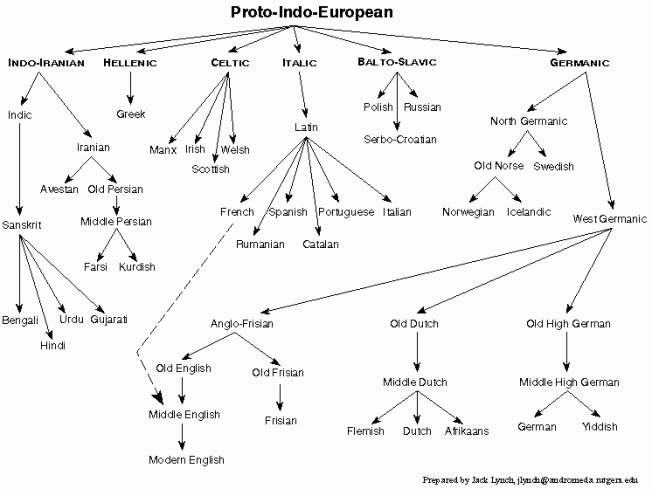In this talk, Ian will dive into what’s really going on when you’re trying to create strong emotions such as horror in computer games, LARP, and other media, drawing on examples from recent titles he’s worked on. He’ll discuss strategies you can use to elicit specific responses from your players through design, writing, art, sound and gameplay.
Speaker: Ian Thomas
This presentation was fascinating, but primarily aimed at the gaming and LARP communities. I only really took notes on the bits that can be applied to writing, so this is NOT a write-up of the whole presentation. If that’s something you particularly want to read, say so in the comments and I’ll see if Ian is willing to do a more comprehensive write-up.
All In Your Head
To start with, this is about making your audience viscerally feel whatever emotion it is you’re trying to engender. It’s a step beyond show or tell – you need to put the emotion (be it horror or anything else) in people’s heads, not in the medium. Writing down an emotion like horror or joy in detail is exactly how not to do it. Too much of a reveal and your reader will react intellectually, rather than emotionally. Seeing things often robs them of their power, especially in a horror setting. Don’t tell people how they’re feeling – construct scaffolding for them to attach their own feelings.

The Uncanny Valley effect is a good one to tap into – the hypothesis that replicas which appear almost, but not exactly, like the real thing elicit feelings of eeriness and revulsion
We’re programmed to take scant pieces of information and build stories out of them, even when it’s not good for us (making us scared, sad, etc). The trick is getting your audience into a receptive state so they tell those stories to themselves without you needing to fill in the blanks. The stories they build will be far more emotive to them than anything you can write, because they’ll create building blocks out of their own experiences. Leave gaps for those building blocks, and Resist the Urge to Explain (RUE).
Ian drew a comparison with comic books and graphic novels. The panels only provide flash-frames of action – the gaps between them, the white spaces, are everything else which the reader instinctively fills in. Allowing your audience that autonomy makes them complicit in telling the story and therefore more involved in it. The gaps build empathy between your audience and the character, which allows you to collapse the audience and the character into the same space. Things that impact the character will then impact the audience on an emotional level.
Engaging the Senses
Drown the audience in your world. It’s not just about the story on the page (or screen, or whatever). Disframe it, take it out into their lives. Hitchcock’s Psycho announced during the marketing campaign that they’d have paramedics on hand at every cinema in case of heart attacks among the viewers. This was nonsense, but it meant the audience was already on edge before the screen was even turned on. It made the story tangible outside the imagination. In written examples, S. by Doug Dorst and JJ Abrams uses inserts like postcards and passed notes to bring the story off the page and fundamentally more tangible.

S. has multiple story levels, one of which is about people passing the main text between each other with notes and postcards inserted. I believe in that story because I can touch the postcards myself.
Fear (or love, or hatred) of certain things isn’t universal, and therefore universally relatable. [Jeanette Ng has a great Twitter thread on the laziness of cut-and-paste cultures in general.] It’s much more reliable to tap into more primal instincts, rather than things which have a certain anchoring in culture or experience. To do that, to properly involve your audience in the story, you need to scare them as well as the character. This is rather more applicable in gaming but definitely worth bearing in mind in books. House of Leaves by Mark Z. Danielewski apparently does it very well indeed (I confess I’ve not read it but it sounds awesome).
When it comes to using cultural taboos to shock or horrify, be really careful. It’s very easy to make your audience angry or disengaged at you, rather than drawn deeper into the story. You can ease the way by having your character react in the same way as the reader likely would, but seriously… delicate touch and common sense required.
And that’s all from Nine Worlds, folks! Lots of food for thought, and a couple of follow-up blogs incoming. Hope you enjoyed it!







